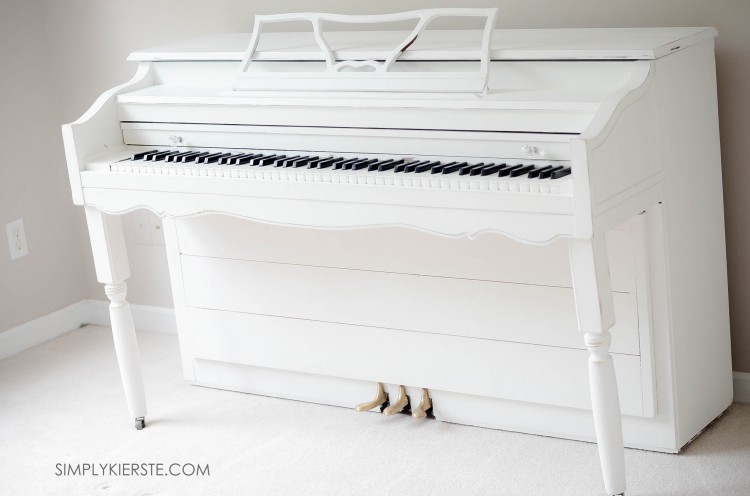

The combination of a sound’s fundamental with all its overtones makes up how it sounds overall. Harmonic contentĪny complex sound-periodic or aperiodic-is made up of a fundamental frequency and overtones that resonate above it. The balance between noisiness and tunefulness in a sound is one of the easiest timbral qualities to notice.

Struck percussion like snares and hi hats are aperiodic-try to imagine modern music without those! The more aperiodic the sound, the more noisy and discordant it seems.Įven so, aperiodic sounds are essential in music. Looking on an oscilloscope, the wave would seem random with unpredictable peaks and valleys. The opposite is an aperiodic sound like the cymbal crash.Įven if you produced a sustained tone with the cymbal, the basic pattern of its waveform would never repeat itself.

Think of a basic square wave like the one you might use to build a lead or bass sound in your synth.Įven if you change its frequency or amplitude, the wave’s basic shape will stay the same. That’s when the basic pattern of the waveform repeats over and over again with the same shape. When you can clearly a sound’s pitch as a letter of the musical alphabet, it means it’s periodic. The biggest difference between the two is the quality of pitch. It’s easy to tell the difference between a cymbal crash and a synth lead right? One is percussive and noisy, the other is rich and sustained with a clear pitch center. I’ll go through each and explain how they work. There are five basic characteristics that contribute to a sound’s timbre. Timbre is hard to explain because it’s influenced by many different mechanisms in music perception and cognition. Timbre is hard to explain because it’s influenced by many different mechanisms in music perception and cognition.Įven so, understanding what makes two tones different from one another will help you make decisions about the sounds in your music. It’s the quality of sound that lets you tell the difference between two instruments playing the same note. Timbre (pronounced TAM-ber) is the tone color or texture of a sound. In this article I’ll explain what timbre is and show how it’s relevant to your workflow. With such a fundamental topic it can be tough to know where to start. Timbre is a basic concept in music that affects everything from sound design to arrangement and mixing. Whether they come from VSTs, sample packs or your audio interface, the quality that makes them unique is called timbre. The sounds you use in your music each have their own distinct character.


 0 kommentar(er)
0 kommentar(er)
